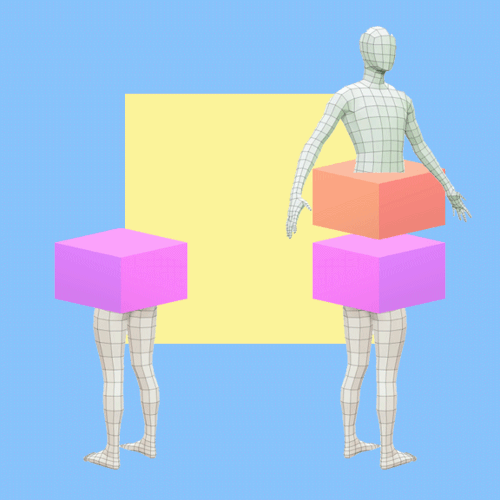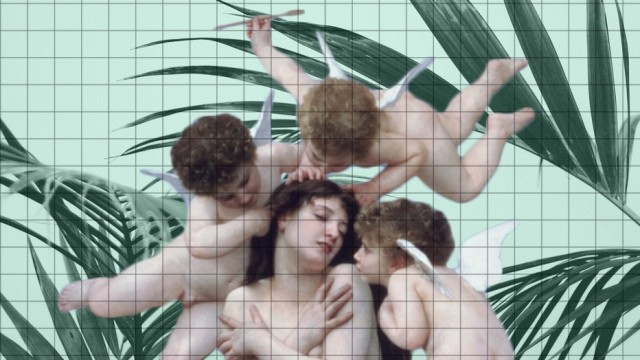As writers we do not write all the time, but our technical relationship to the writing space is always with us.’
Understanding writing as a technology is like understanding a historical culture; it only is relevant in a technical state of mind, each standardised and different in sentiments, growth and discipline. Sophisticated in the explanation of describing the techne of a writing space, Bolter not only discusses the economies of writing, but also the structure of its origins and the techniques of its developments. Simply put, we are becoming creatures of our own creations. But where does that leave us in understanding our network literacy, or more so, in the writing space of hypertext?
![]()
I likened the concepts presented by Bolter with new forms of audiovisual art, styles to which are formerly unknown then fleshed out by niche groups. These art styles are collectively intelligent, open-sourced in areas of development and concept theories that take to social writing platforms like Tumblr. These styles soon develop into microcultures with specific names (for example, New Aesthetic, Vaporwave and Cyberpunk), lathering specific characteristics that differentiate the particular media from other coined phrases.

When looking at the writing of Vaporwave as an online art phenomena, the convergence of traditional art practices and the visual language of technology defines the space, creating a medium that is readable and linked by soft structures. This gradual development has relied heavily on the interaction of writers online, defining the technological changes in history and remixing them together to create a strong aesthetic. By presenting this aesthetic, the information transferred is not only crafted, but relies heavily on an understanding of traditional art principles and periodic determinants.
Discussed by Bolter, rapid change brings forth new life and the materials of writing therefore change as well. I likened this concept of writing to Vaporwave as the materials constantly expand, link and replicate in hypertext. It takes one user to upload an image with a transparent background or royalty free sound, but hundreds of users to use that image and appropriate it into their own works. It’s similar in how the hard structures of books are becoming scanned and stored online as PDFs, allowing individuals to share that information in unlimited downloads.
While this electronic writing may be a glimmer into the use of online art or microcultures, by borrowing and reinterpreting multimedia we see a visual space emerge. The technical relationship that follows is a preceding effect of hypertext, where art concepts like Vaporwave would linger rather than rampage. By understanding the development of writing spaces we can see why concepts, contents and beliefs occur. This arrangement is key in discussing hypertext and the interconnection things may have.
